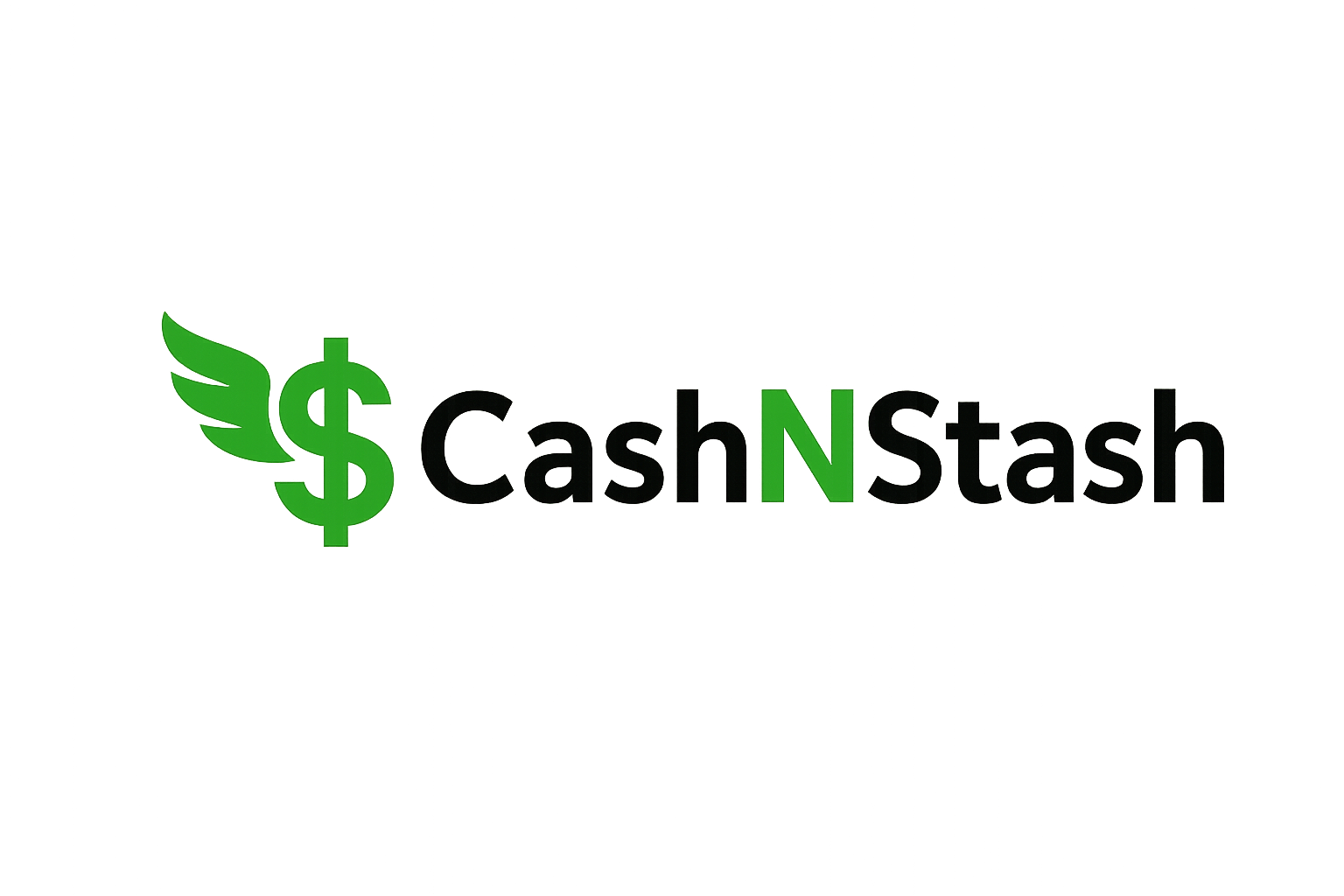What Is the Cash Envelope System?
The cash envelope system is a budgeting method where you use labeled envelopes filled with cash to control spending. By assigning a set amount of money to specific categories, you create clear boundaries that help prevent overspending. It’s a simple, tangible way to stay disciplined and intentional with your money, especially in areas where you’re most likely to lose track.
You might’ve seen it trending as cash stuffing, which is really just a modern twist on the same idea. People personalize it with colorful envelopes, stickers, and binder systems. But at the core, it’s still about one thing: giving every dollar a job before you spend it, so you’re in control of your money, not wondering where it went.
How Does Envelope Budgeting Work?
With envelope budgeting, you start by setting spending limits for different categories, like groceries, gas, or entertainment, and then withdraw that total in cash. Each category gets its own labeled envelope, and you use only the money in that envelope for that specific purpose.
Since you can physically see how much cash you have left, it’s an easy way to track your spending. Once the cash is gone, that category is done for the month, which naturally helps you stay disciplined, avoid impulse spending, and stick to your financial goals.
How to Use the Envelope System (Cash Stuffing)
1. Start with a Budget
First, figure out how much you earn and where it needs to go. A popular method is the 50/30/20 rule:
- 50% for essentials like rent, food, and bills
- 30% for non-essentials (fun, dining out, hobbies)
- 20% for savings and debt payoff
So if you bring in $3,000 monthly:
- $1,500 might go toward essentials
- $900 toward wants
- $600 toward saving and paying off debt
This helps you plan how much cash to “stuff” into each category.
Click here to learn more about the 50/30/20 Budgeting Rule.
2. Choose Your Categories
Break your spending into categories that make sense for your life, as general or specific as you want. Some people prefer one “entertainment” envelope, while others might split it into “restaurants,” “movies,” and “drinks.” Label each envelope and put the set amount of cash into it.
3. Spend Only What’s in the Envelope
As the month goes on, pay for things using only the cash from the matching envelope. If you’ve got $60 in your “coffee” envelope and spend $6 at a café, you’ve got $54 left, and that’s your limit until next month. Once the cash is gone, spending stops.
Advantages of the Envelope System
- It keeps you on track. When your money is divided into clear spending categories, it’s much easier to stick to your budget.
- It builds discipline and accountability. You only spend what’s in the envelope, which helps reinforce smart money habits.
- It prevents overspending. Cash is finite, when it’s gone, you stop spending. That physical limitation is powerful.
- It increases awareness. Using cash forces you to pay closer attention to how much you actually have and where it’s going.
- It helps avoid debt and fees. By skipping credit and debit cards, you steer clear of overdraft charges and impulse swipe purchases.
- It creates a stronger connection to your money. Studies show that people tend to spend less when using cash because it feels more “real.”
Disadvantages of the Envelope System
- You have to deal with physical cash. That means regular trips to the ATM and managing bills and change, which can be inconvenient.
- It can feel outdated. In a world of digital wallets and online subscriptions, using only cash isn’t always practical.
- You lose credit card perks. Things like cashback, points, or fraud protection aren’t available when you’re using envelopes.
- There’s a risk of loss or theft. Carrying or storing cash leaves it vulnerable, especially if you’re holding larger amounts.
- Savings should be kept in the bank. Money set aside for long-term goals is safer and more productive in a high-yield savings account than in an envelope.
In Summary
The cash envelope system is a great way to stay disciplined, avoid overspending, and build a stronger connection to your money. But it does come with some trade-offs, like dealing with physical cash and missing out on card benefits. It’s not perfect for everyone, but for those who want structure and control, it can be a powerful tool.

